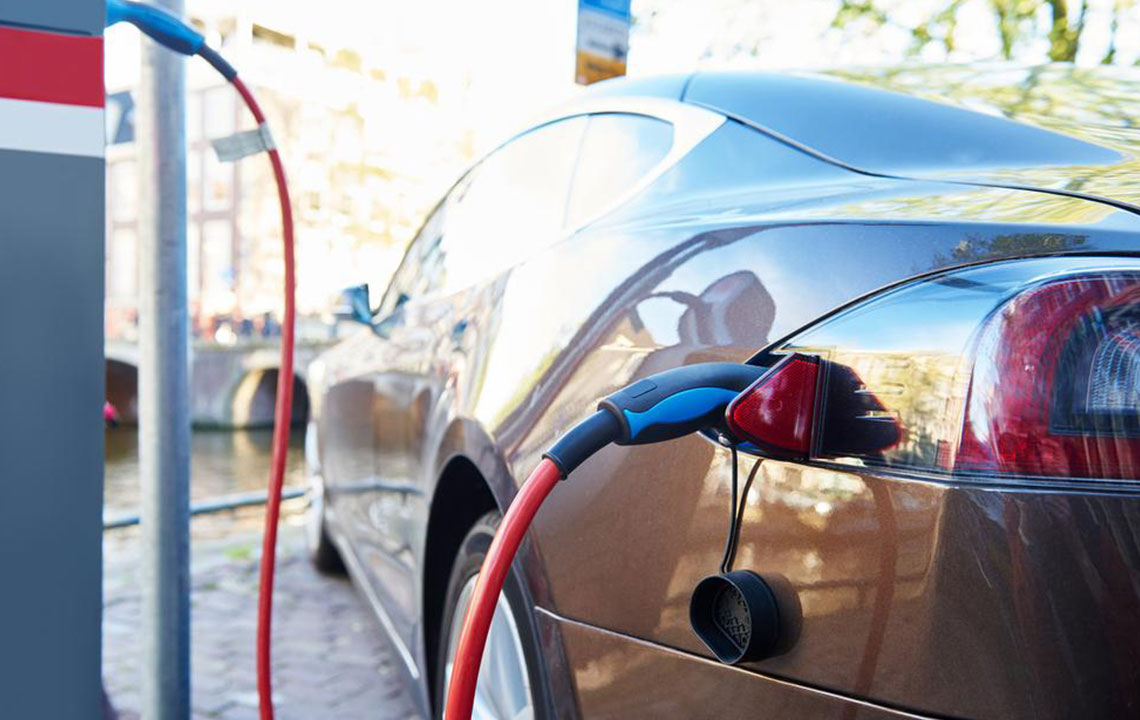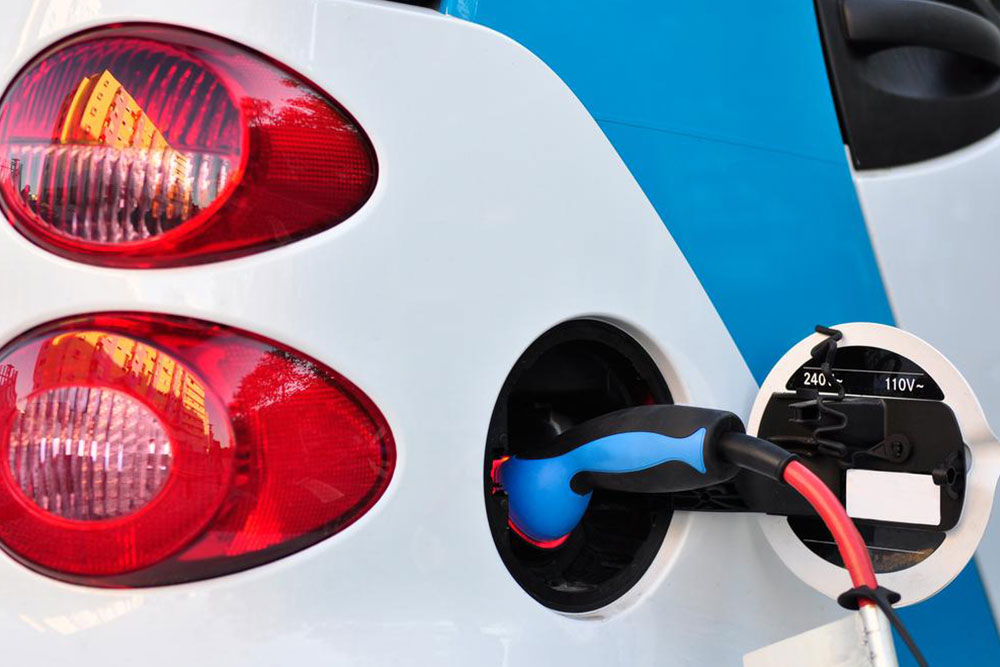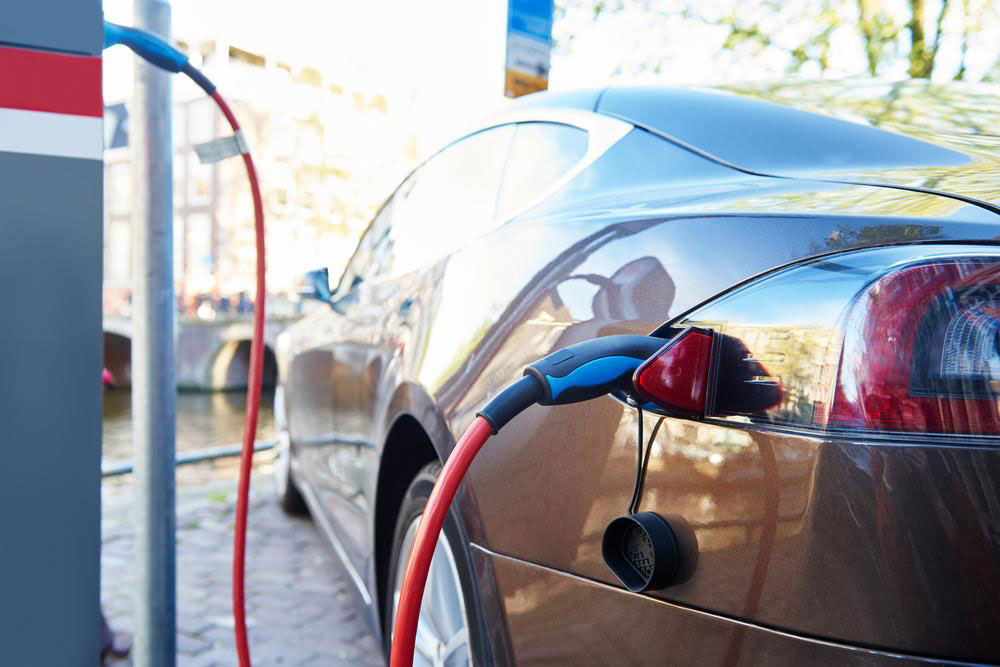Comprehensive Guide to Hybrid Vehicles: Benefits, Technologies, and Key Features
Explore the comprehensive benefits and technological features of hybrid vehicles. Learn how hybrids combine electric and petrol engines to offer eco-friendly, high-performance, and versatile driving solutions. Discover the advantages of plug-in hybrid models, their efficiency, and why they are leading the future of sustainable transportation in this detailed guide.

Comprehensive Guide to Hybrid Vehicles: Benefits, Technologies, and Key Features
Hybrid vehicles have significantly transformed the landscape of the automotive industry. As environmental concerns grow and fuel efficiency becomes a top priority, manufacturers worldwide have invested in developing innovative hybrid models that combine the best of electric and traditional gasoline engines. These vehicles offer a harmonious blend of power, efficiency, and eco-friendliness, appealing to a broad spectrum of drivers seeking sustainable mobility options. This comprehensive guide explores the various advantages, key features, and technological innovations that make hybrid vehicles a leading choice for modern motorists.
With increasing regulatory pressures to reduce emissions and improve fuel economy, hybrid cars have gained prominence not just for their environmental benefits but also for their cost-effectiveness and advanced driving experience. Leading automakers like Toyota, Honda, Ford, and Hyundai have introduced versatile hybrid models that cater to different needs—from city commuting to long highway drives. The evolution of hybrid technology continues to push the boundaries of what is possible, integrating smarter control systems, regenerative braking, and plugin capabilities to enhance user experience and sustainability.
Below, we delve into the core characteristics and technological features that define and distinguish hybrid vehicles from traditional gasoline-powered cars and fully electric vehicles.
Ease of Operation: One of the common misconceptions about hybrid vehicles is that they are complex or difficult to operate. In reality, hybrids are built with user-friendly interfaces and straightforward driving modes, making them accessible and comfortable for drivers of all experience levels. Modern hybrids often feature automatic start-stop systems that turn engines off when the vehicle is stationary, and seamless switching between electric and gasoline power ensures a smooth ride without requiring special skills or maneuvers.
Quiet and Peaceful Drive: Hybrid cars excel in providing a near-silent operation, especially when running solely on electric power. This quietness not only enhances comfort but also creates a more peaceful driving environment. Electric modes produce no exhaust emissions, contributing to improved air quality and reducing noise pollution in urban areas. Passengers can enjoy a serene ride while the vehicle’s advanced systems handle power management quietly and efficiently.
Zero-emission operation not only benefits the environment but also provides a calming atmosphere for passengers. The absence of engine noise and vibrations during electric driving enhances overall comfort, making hybrid vehicles ideal for city commuting and long journeys alike.
High Performance and Power: Contrary to some beliefs, hybrid vehicles do not compromise on power. Equipped with both electric motors and traditional internal combustion engines, these vehicles work together in harmony to deliver impressive acceleration, high torque, and reliable performance across various driving conditions. The electric motor provides instant torque for quick acceleration and enhances overall responsiveness. During demanding situations like overtaking or climbing steep grades, a quick power boost from the combined engine system ensures the vehicle performs confidently and efficiently.
Exceptional Versatility in Functionality: Hybrid cars are designed for adaptability, capable of handling a variety of terrains and driving environments. Whether cruising on highways, navigating city streets, or tackling rough off-road paths, hybrids maintain optimal performance through intelligent energy management. Regenerative braking captures kinetic energy typically lost during deceleration and stores it in the battery, thereby improving fuel economy and extending electric range. When the vehicle is stationary, both engines shut down to save energy, but provide seamless restarting when needed. Additionally, during uphill drives, hybrid systems allocate extra power to maintain consistent speed and control.
Plug-in Hybrid Vehicles (PHEVs): A notable advancement in hybrid technology is the development of plug-in hybrid electric vehicles. These models feature larger batteries that can be recharged via standard power outlets, enabling extended electric-only driving ranges—often up to 50 km or more. PHEVs are especially eco-conscious, producing zero emissions during electric operation and significantly reducing fuel consumption, which can hover around three liters per 100 km. Drivers can switch between electric and fuel modes at will, optimizing efficiency based on driving conditions. Some plug-in hybrids support speeds of up to 50 km/h in electric-only mode, making them suitable for short daily commutes and urban travel without reliance on fossil fuels.
In conclusion, hybrid vehicles are not just a transitional step toward fully electric mobility but represent a mature, highly efficient technology capable of meeting the demands of modern drivers. They combine environmental friendliness, low operating costs, and high performance with technological innovations designed to make driving safer, quieter, and more economical.





